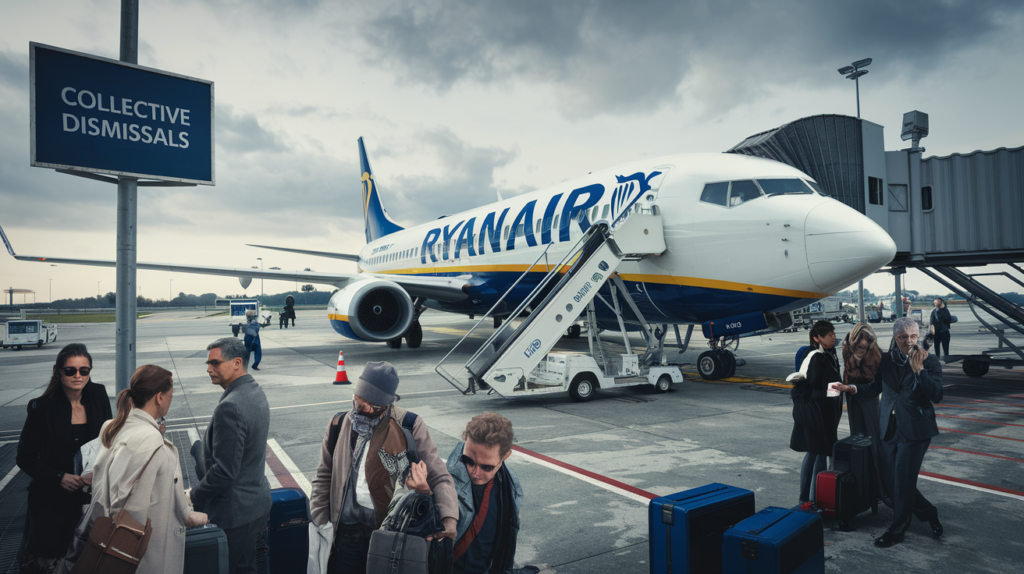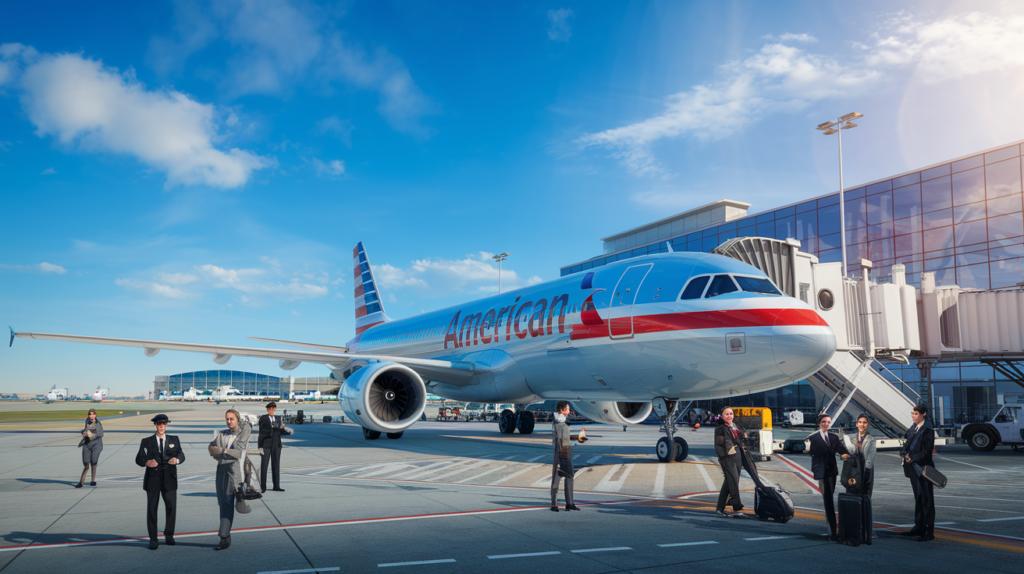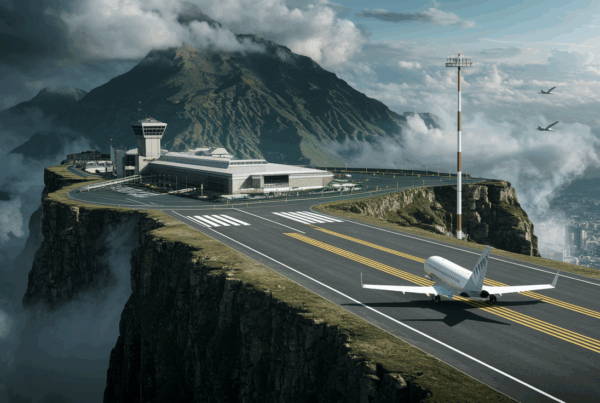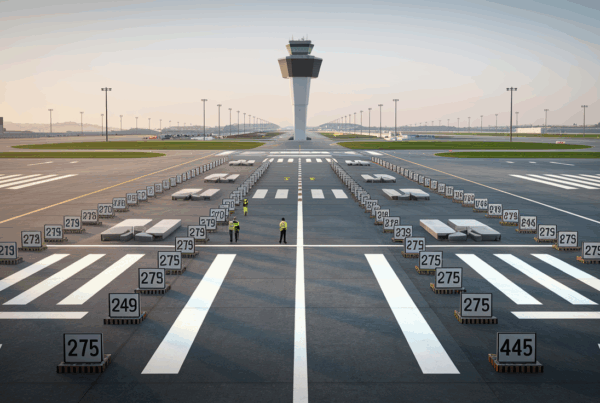Welcome to this practical guide to G-force in aviation! Find out all you need to know about this fascinating phenomenon that influences bodies and machines in flight. Get ready to plunge into the world of aeronautical physics to understand how forces act on aircraft and pilots. Let's fly!
Understanding G-force
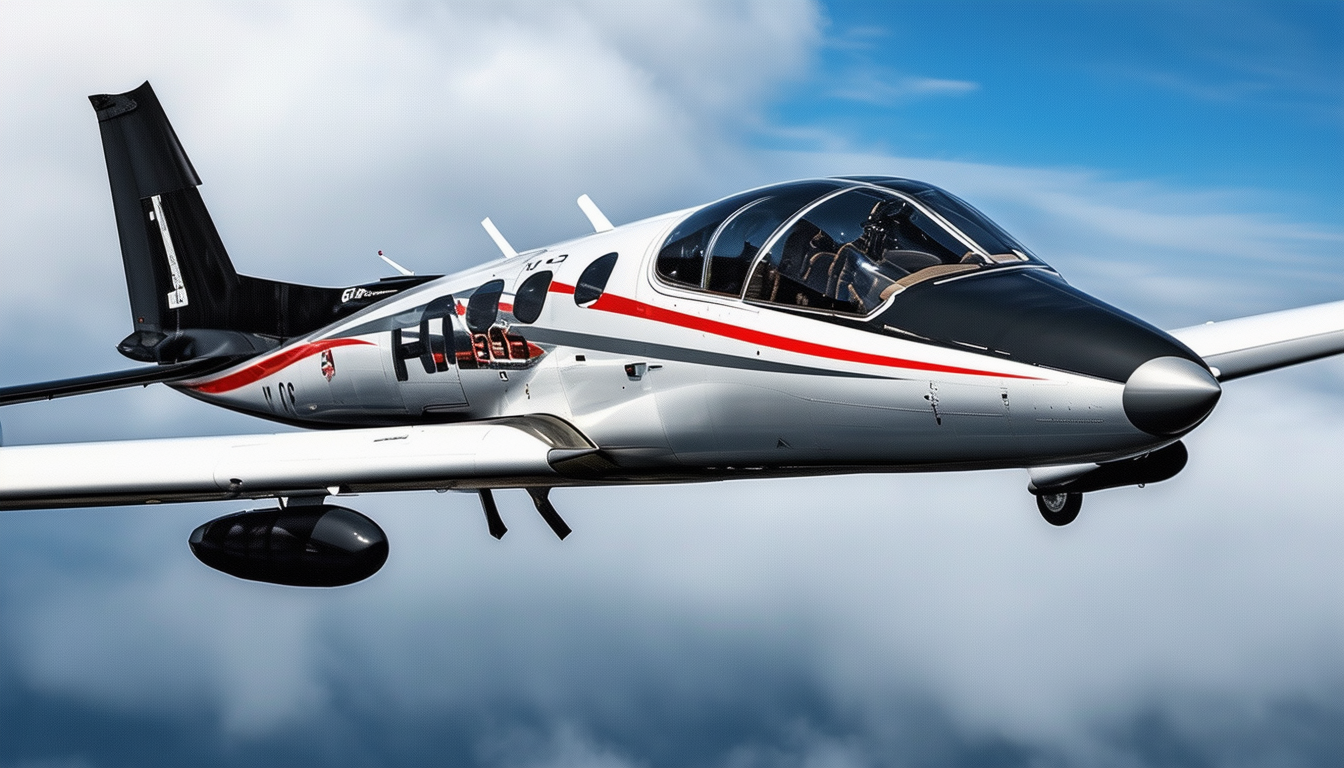
Visit force G is a measure of the acceleration felt by the body, often used for
to assess the impact of maneuvers in aviation. It represents the gravitational force and is calculated in terms of
multiples of the acceleration due to terrestrial gravity (9.81 m/s²). For example, a force of 3G means that
you feel a force three times greater than Earth's gravity.
The effects of G-force on the human body
Visit force G can have various impacts on the human body, in particular on the
cardiovascular and nervous systems. A positive G-force (felt during abrupt climbs) can push
blood to the feet, causing a temporary loss of vision known as "blackout". Conversely, a G
(felt during rapid descents) pushes blood towards the head, which can lead to blurred vision.
redness and headaches.
G-Force piloting
Pilots, particularly those of fighter or aerobatic aircraft, must be trained to handle
high G-forces. They use specific techniques to prevent negative effects, such as
abdominal thrust maneuver, to maintain blood flow to the brain.
G force measuring devices
Modern aircraft are equipped with measuring devices of G force, called accelerometers.
These instruments are crucial in helping pilots monitor and manage G-forces during maneuvers.
Pilot tolerance
Not all pilots tolerate G forces in the same way. Tolerance varies considerably in
depending on training, physical condition and individual predisposition. Fighter pilots
undergo rigorous testing to determine their ability to withstand high G forces.
Specialized equipment
Pilots use specialized equipment such as G-suits, which are designed to
to prevent blood pooling in the legs during high-G maneuvers.
automatically to apply pressure to the rider's body, helping to keep the circulation
blood.
Consequences of prolonged exposure
Prolonged exposure to high G forces can have serious health consequences, such as
cardiac arrhythmia or even brain damage in extreme cases. That's why
G forces are crucial in aviation.
Tips for passengers
For passengers on commercial flights, G-forces are generally not a problem, as aircraft
are designed to provide a stable, comfortable flying experience. However, in the event of turbulence
or emergency maneuvers, it's important to stay seated and keep your seatbelt fastened.
List of recommendations for passengers :
- Keep your seat belt fastened at all times.
- Avoid standing up during turbulence.
- Listen to the crew's safety instructions.
Understanding and managing force G is essential in aviation, both for pilots and for the
overall flight safety. Thanks to the right training, specialized equipment and state-of-the-art technology
drivers can carry out manoeuvres in complete safety, while minimizing the risk to their own safety.
health and that of passengers.
On the same theme
Ryanair withdraws from Bordeaux: court orders subsidiary to begin mass redundancies
The airline Ryanair has decided to close its Bordeaux base, provoking controversy. The closure involves the withdrawal of three aircraft and the discontinuation of 40 services. The decision, strongly criticized by the SNPNC-FO union, accuses Ryanair of...
American Airlines resumes flights after major service disruption
On December 24, American Airlines temporarily suspended all its flights in the United States due to a supplier-related technical problem. This impromptu interruption had a considerable impact on the plans of thousands of passengers on Christmas Eve. The...
Airbus commits to the future with an investment in LanzaJet
The 2024 Farnborough Airshow was the scene of a major announcement from aerospace giant Airbus. The company announced its commitment to the future by making a significant investment in LanzaJet. Airbus makes the...

